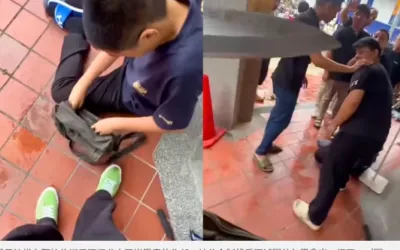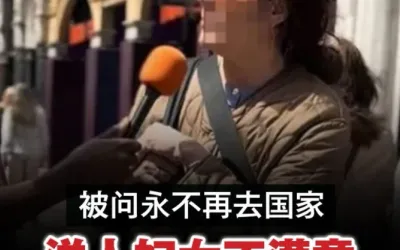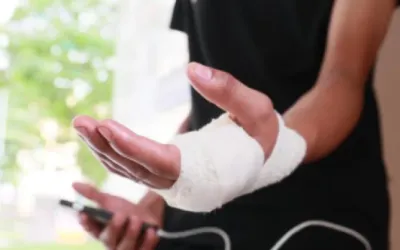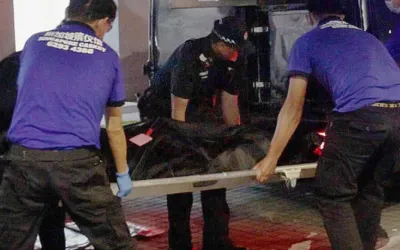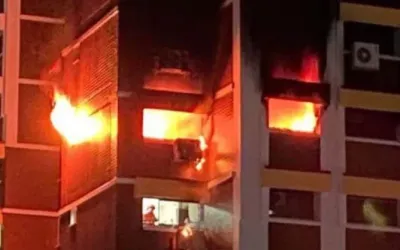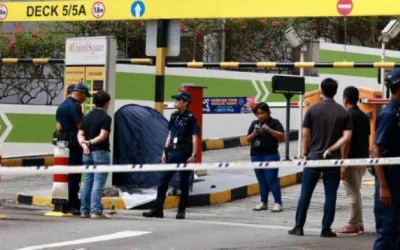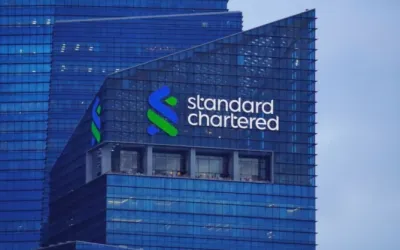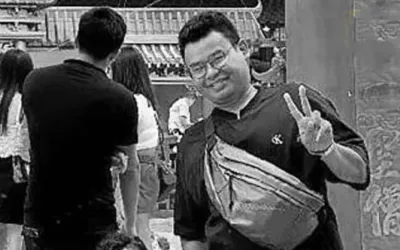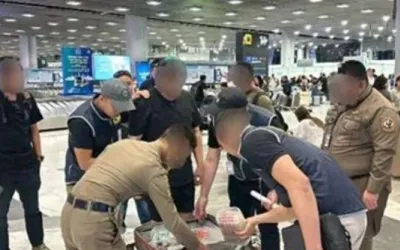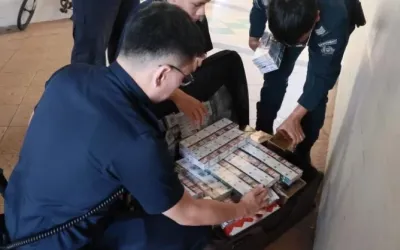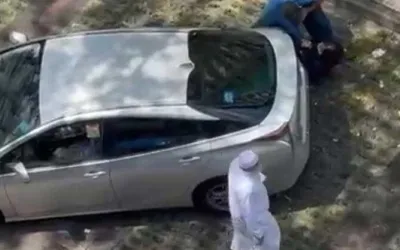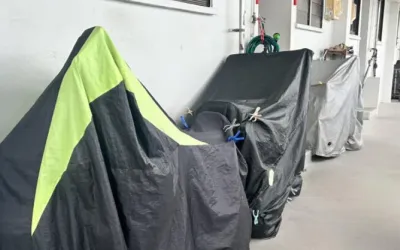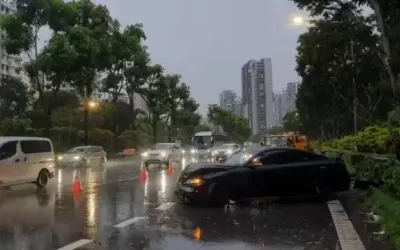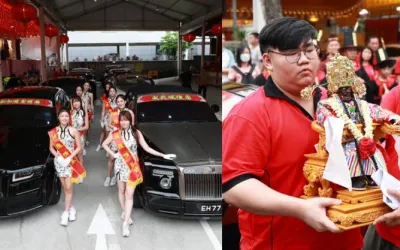This phased approach gives the workshops time to prepare their workers and progressively ramp up their resources. It also allows LTA to take in feedback from stakeholders and understand the areas for improvement, before extending to other vehicles.
Sir, based on feedback gathered from the early adopters, LTA has reviewed and made several improvements to the ERP 2.0 features and installation process to provide motorists with enhanced choice, convenience and safety.
First, on enhancing choice. Before installing the OBU, vehicle owners will be given the option to decide if they want to install the touch-screen display. Some may choose to have the touch-screen display, while others may prefer to use their in-vehicle display or their mobile phones. Our recommendation is to install the touch-screen display, I have done so for my car, but this is a choice for the vehicle owner to make.
The vehicle owner can also choose where to place the touch-screen display subject to technical feasibility, for example, on the driver side or in the middle of the dashboard. If a vehicle owner decides not to install the touch-screen display, a unit of the display will still be given to him, so that he has the option to install it subsequently if he changes his mind.
Likewise, the vehicle owner can decide where to place the processing unit. For the initial phase of installation, LTA only allowed the processing unit to be installed on the passenger side. Taking on board feedback from the early adopters, LTA has expanded the option for vehicle owners to install the processing unit on the driver side if they wish to do so, subject to technical feasibility. Service ambassadors will also be present at the showrooms and workshops to explain the options to vehicle owners before OBU installation.
By providing more choices, the process becomes more complex and the workshops will require more time to complete the installation. However, we think the trade-off is necessary, to allow vehicle owners to have the flexibility to customise their preferred options and not have a "one-size-fits-all" approach.
Second, enhancing user convenience. We understand the concerns from early adopters on the inconvenience of having to remove and reinsert the CEPAS (Specification for Contactless e-Purse Application) card in the processing unit. LTA has worked with its partners to improve the ERP 2.0 system, so that motorists do not need to remove their CEPAS card from the processing unit when they are driving the vehicle. This is a key design feature of the OBU. You do not need to remove the CEPAS card from the processing unit when you are driving the vehicle.
For example, LTA has implemented a button on the touch-screen display to deactivate the card when motorists want to use their complimentary parking tickets. They can press the button on the touch-screen display. The card will be deactivated and they can then use their complimentary ticket to exit the carpark. If the motorist forgets to reactivate the card after leaving the carpark, the correct amount will still be deducted from the card balance when he reaches the next active ERP gantry. This is unlike the current in-vehicle unit (IU). If the motorist pulls out the card from the IU to use his complimentary parking ticket and forgets to re-insert it – it happens to us sometimes – he will not be able to make ERP payment when his vehicle passes through an active ERP gantry.
Another scenario is the topping-up of the CEPAS card. Today, some of us may reach the carpark gantry only to realise that our balance is low, we must then find a way to exit the queue to top-up the card. Quite inconvenient. With the OBU, your CEPAS card balance will be shown once you start the car. This can help remind motorists to top-up before reaching the gantry. For added convenience, motorists can sign up for auto top-up so they need not manually top up their card when the balance is low. The top-up will be done automatically.
LTA will deploy service ambassadors to workshops to guide motorists who wish to sign up for automatic top-up of their CEPAS card when they install the OBU.
The third scenario where removal of the CEPAS card may be needed, is at certain carparks which require motorists to tap their cards at carpark terminal stations, as Mr Murali asked. Sir, all public carparks and many privately-owned carparks today already use Electronic Parking System (EPS), which does not require motorists to tap their cards at carpark terminal stations. There are, however, some privately-owned carparks which have yet to implement EPS. We welcome the initiative from NETS to provide a complimentary One Motoring Card for motorists who install the OBU. Motorists can use this additional card at the privately-owned carparks without EPS, without having to remove their CEPAS card from the processing unit.
And finally, on enhancing user safety. This is not the main reason for doing ERP 2.0, but the added capabilities provide opportunities for LTA and its partners to offer some features that could help enhance user safety. Early adopters have shared with LTA that they find the notifications for bus lanes, Silver Zones and School Zones useful, as these increase their situational awareness and improve road safety. We are working with partners to expand the list, including with the Traffic Police to include notifications for speed camera zones, with the intent of enhancing road safety by reminding motorists to keep within the speed limits at these locations. It will include not just the fixed cameras, but also red light and mobile cameras used by the Traffic Police to enforce against speeding.
LTA will continue to take in feedback from motorists and develop features that can help enhance safety and convenience for motorists. These additional features can be pushed out to motorists "over-the-air", after the OBUs have been installed. Motorists do not need to bring their vehicles to the workshop for these software upgrades.
Mr Speaker, the transition to ERP 2.0 is a major exercise as there are different vehicles with different designs and specifications. We appreciate the feedback from our early adopters, which LTA has taken on board where feasible and made improvements to enhance user choice, user convenience and user safety. LTA will continue to gather feedback from motorists, workshops and dealers to further enhance the user experience for all motorists, as we proceed with the installation exercise.
CF丨编辑
HQ丨编审
新加坡国会丨来源
新加坡国会丨图源

